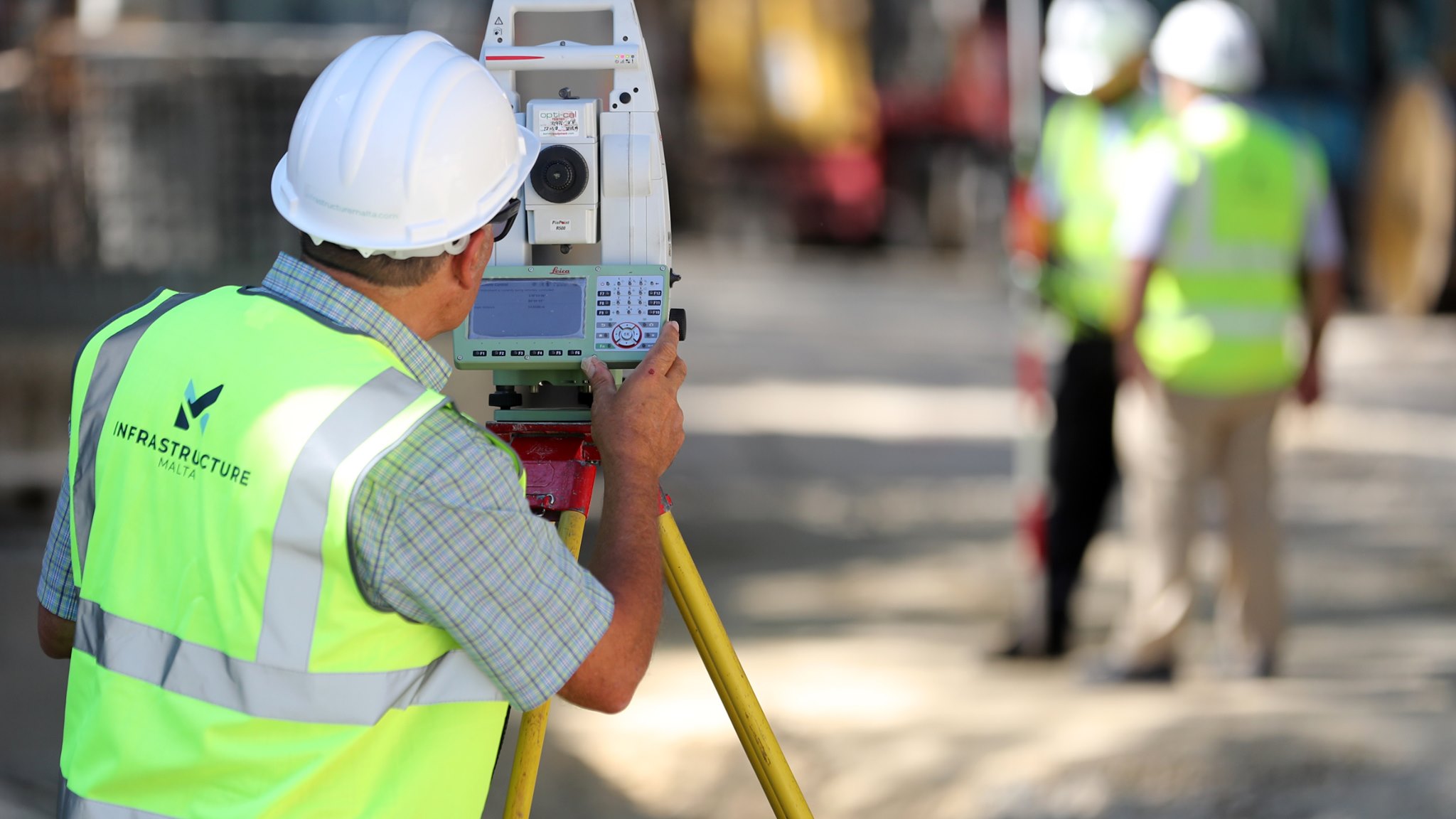
With its population of less than half a million people, the Mediterranean island nation of Malta may seem like an unusual place for the subject of an article about infrastructure development. But Malta is also home to the fastest growing population in Europe and the EU’s third fastest growing economy. The growth of both metrics calls for a long-term infrastructure plan and capital investment to deliver it.
Both of these responsibilities fall within the mandate of Infrastructure Malta. Founded by the Maltese government in 2018, Infrastructure Malta is an agency entrusted with the development, maintenance and upgrading of all public infrastructure in Malta. Its importance is underlined by the fact that as the country continues to grow; a centralized authority stands to ensure an integrated development framework for the country as a whole.
The scale of the funds distributed by Infrastructure Malta - in excess of €700 million - are testament both to the ambition of the authority and to the growth afoot on this beautiful Mediterranean Island, an historic hub of Europe. Business Excellence recently caught up with Fredrick Azzopardi, the CEO of Infrastructure Malta, who was kind enough to tell us about where this new organization is making a huge difference in its country.
Backstory
Despite being the smallest country in the EU by area and the bloc’s smallest population, Malta is home to 68 local councils. These councils were traditionally responsible for every aspect of the infrastructure within their own borders, from the planning stage to arranging funding, through to maintenance and upgrading. Unsurprisingly, this led to a system whereby councils competed against each other for the same resources, often leading to less than optimum outcomes.
As Mr. Azzopardi says: “The system we had just wasn’t performing in line with what was required. The country’s population has grown by around a third in twenty years, and a new way of organizing infrastructure was needed to address that. In 2017, the government announced that it was going to invest €700 million in the country’s road network and that it would make this the central task of a new yet-to-be created body.”
This was the genesis of Infrastructure Malta. Appointing one body meant that there were no more conflicting interests in the development of Matla’s infrastructure - an imperative when looking to sustainably support the country’s economic, social and environmental development. In 2019, having already been made responsible for the country’s road network, it was also given the mandate for the development and maintenance of the country’s maritime and port assets.
Projects
The centralized nature of Infrastructure Malta means that it has been better equipped than local councils to bring projects of a complex nature together. This has already been reflected in its output, even during the short period of time in which it has existed. Mr. Azzopardi says: “what we have now is a far more efficient way of achieving our goals and things which used to take weeks or months can now be done in a matter of days.”
The first tranche of the aforementioned €700 million came at the beginning of 2019, when planned work began on the first 31 residential roads earmarked for investment. Some of these same roads had never been asphalted before, quickly underlining the difference that a centralized body could make to the fortunes of the country’s infrastructure. In total, over 120 Maltese roads were upgraded that same year, all under the watchful eye of Infrastructure Malta.
However, it’s not just roads which are being improved. Upgrading of the roads also meant that existing water pipelines, electricity cables and communication ducts can all either be enhanced or extended. And with a commitment of at least 60 new roads being upgraded every year, by extension this can also mean a quantum leap in the quality of the country’s electricity and telecommunications infrastructure.
The work continues apace, even in a year as tumultuous as 2020. In the first six months of this year, Infrastructure Malta distributed more than €10 million to local builders across the country, tasked with carrying out the works in the country’s national development plan. The competition generated by Infrastructure Malta has also meant that many of these firms have had to raise their game and turn from the local sphere to the national.
Partners and Suppliers
Understandably, Infrastructure has quickly built a large network of the best construction firms in Malta to ensure that it delivers on its promise for at least 60 road upgrades per year. These include the likes of V&C Contractors Ltd and T&C Ciappara Construction ltd. More specialised construction work was carried out by the Bifra JV, Philip Agius and Sons Ltd. - responsible for trenchwork and excavations - and Green Building Solutions Ltd., which works to ensure that all construction work is as environmentally friendly as possible. Finally, Meinhardt Malta Pvt. Ltd are Infrastructure Malta’s trusted consultant engineers, while Mangion Brothers Ltd. are regularly trusted with its considerable construction materials demands.
Conclusion
As Mr. Azzopardi puts it: “I believe that the creation of Infrastructure Malta was an inflection point in the history of our country’s development. It’s become a central part of the Maltese story and we’re really excited about what we can achieve in the future.” Europe’s smallest country may be confined by the shining blue sea on all sides, but now thanks in no small part to Infrastructure Malta, there’s nothing confining its ambitions for the future.
DOWNLOAD
 IM-Jan-2021.pdf
IM-Jan-2021.pdf















